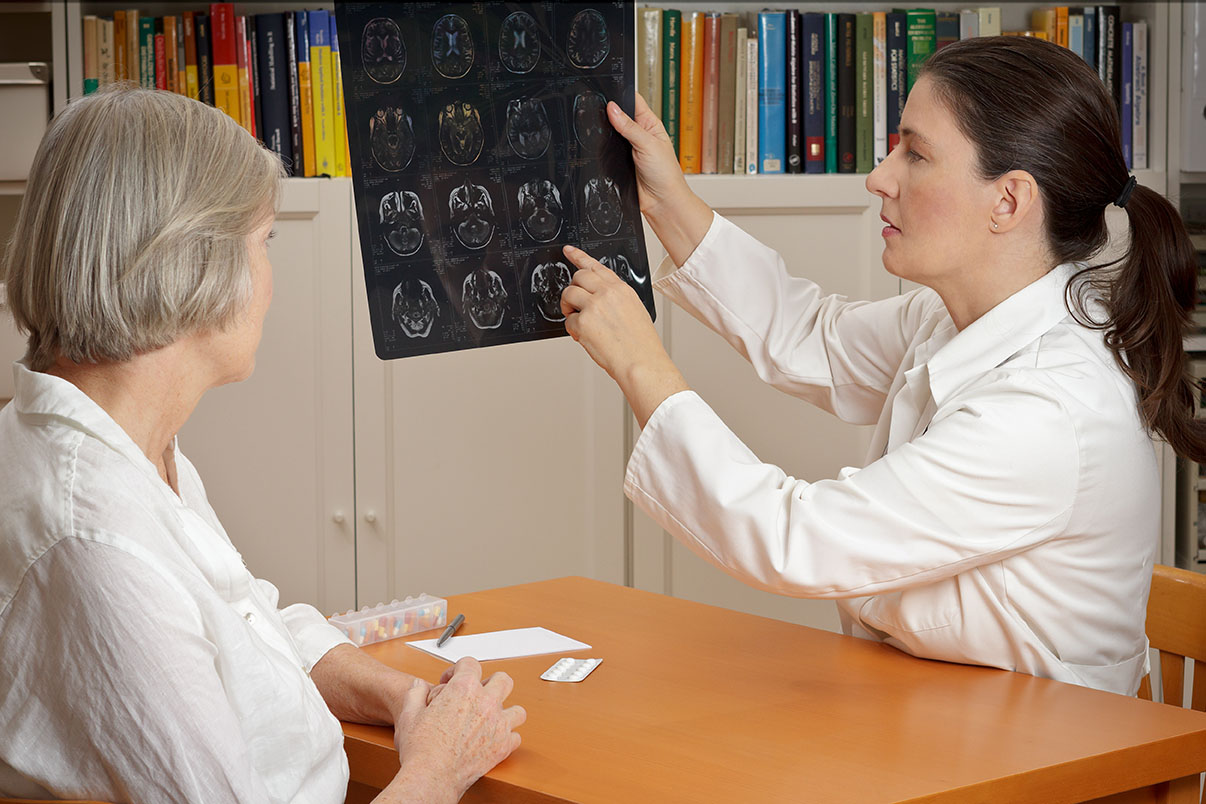The cerebral infarctions either strokes They are also known as a cerebrovascular accident (CVA). These occur when there is a lack of blood supply to the brain. In other words, it is when blood does not reach the necessary tissues, in this case the brain, to nourish them.
Depending on the tissue that has been damaged in the brain, the effects of a stroke can be minimal or severe, temporary or permanent.
There are two types of heart attacks
Ischemic Infarctions
Generally, the ischemic heart attacks They are caused by the blockage of a blood vessel by a blood clot in the brain. This type of heart attack is divided into two types:
- He embolic cerebral infarction It occurs when a clot forms somewhere in the body, usually inside the heart. This travels through the bloodstream to the brain, and in turn, blocks the blood vessels.
- He thrombotic stroke It occurs when blood vessels are unhealthy and deposits of fat or cholesterol create in the artery, blocking blood circulation to the brain.
He transient ischemic infarction (TIA) is a small cerebral infarction, caused by decreased blood circulation through a cerebral artery. Since this lasts only a short period of time, the symptoms usually last less than an hour and the effects are temporary.
About 10% of cerebral infarcts are preceded by a TIA.
Hemorrhagic infarctions
They generally occur when there is bleeding from a ruptured blood vessel in or near the brain. There are two types of hemorrhage:
- A intracerebral hemorrhage It happens when blood vessels inside the brain bleed and is usually caused by high blood pressure.
- A subarachnoid hemorrhage It occurs when an aneurysm ruptures, bleeding into the space between the brain and one of the membranes that separates the brain from the skull.
A aneurysm It is a blood-filled sac that inflates from a weak or thin spot in the wall of the artery. The aneurysm may be present from birth, but may not cause health problems until it ruptures, causing a stroke. High blood pressure is the most common reason for an aneurysm to rupture.
Most people who have suffered a stroke will need rehabilitation through different types of therapies once they leave the hospital. These therapies will help you regain your ability to care for yourself.
Recovery time varies from person to person, as does the type of treatment and its duration. Mobilization, speech, and thinking problems often improve in the first weeks or months after a stroke. Some people will continue to improve in the months or years following such an event.
It is extremely important to know the risk factors. These will help prevent future symptoms and a possible stroke.
Reference links

